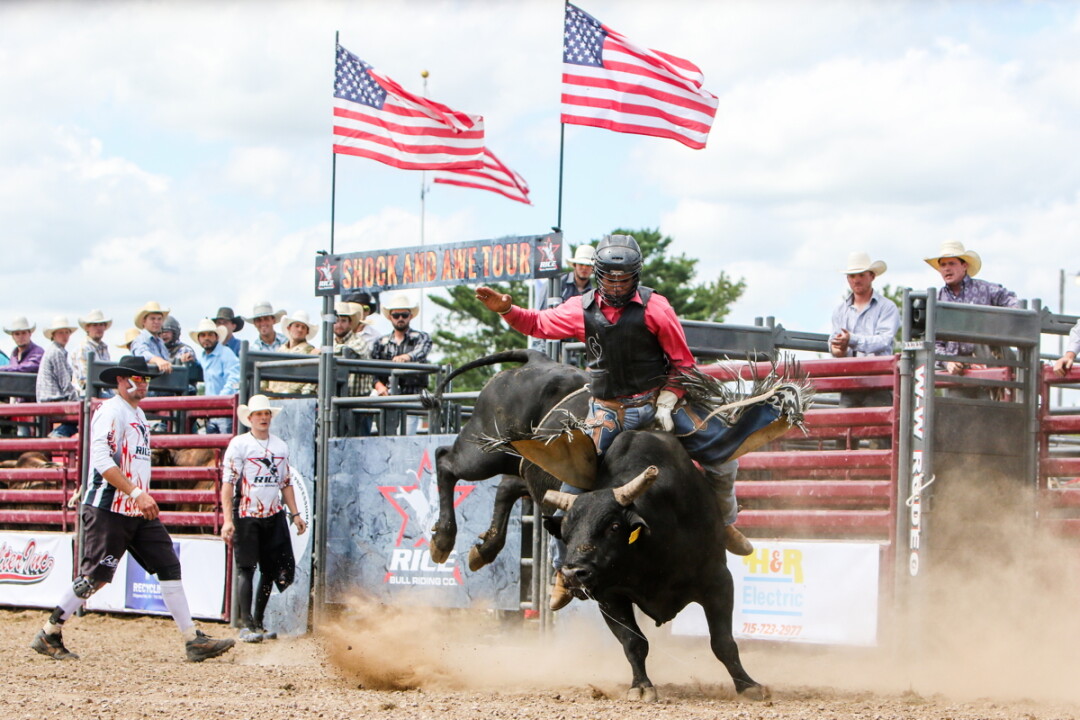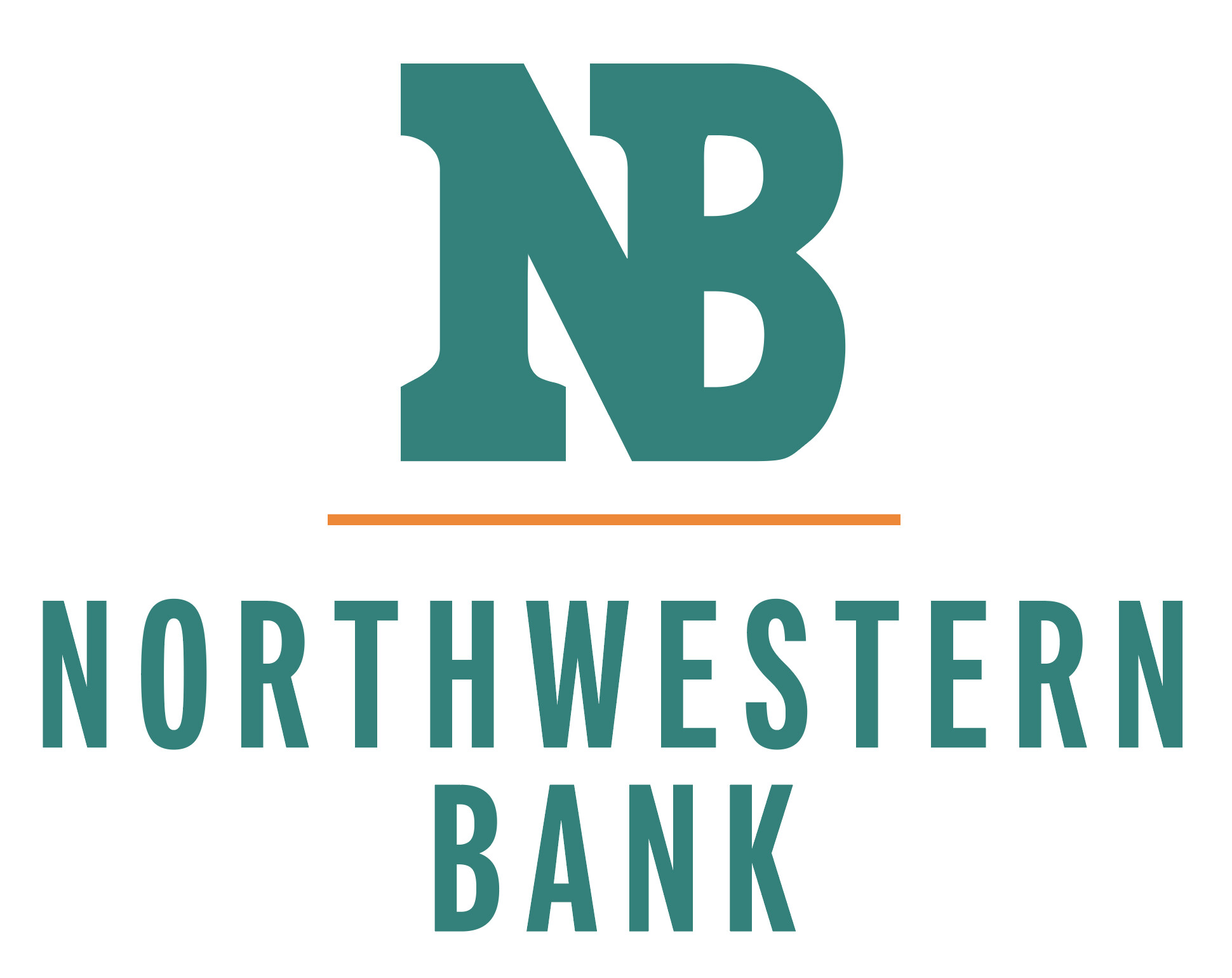Our State Fair Is a Great State Fair
Northern Wisconsin State Fair has meant summer fun since 1897
Hillary Bell, photos by Andrea Paulseth |

When the smells of cotton candy and popcorn fill the air, you hear the cheerful sounds of a carousel, and get a sight of the top of the Ferris Wheel, you’ll know the fair is here.
The Northern Wisconsin State Fair in Chippewa Falls has been a historic part of the community for 120 years. Since its start in 1897, the fair has brought fun and exciting new attractions and events to the Chippewa Valley. The fair originally belonged to 27 counties in northwestern Wisconsin, who supported it financially until the Great Depression struck. The fair wasn’t held in 1932 or 1933, but the following year 12 investors bought the fairgrounds and revived what became known as the Northern Wisconsin District Fair. In 1966, the fair was renamed the Northern Wisconsin State Fair. Its private owners put it up for sale in 2007, and now the fair is owned by a nonprofit association.

Despite the changes and the passage of time, much remains the same. Each summer at the fair you’ll find thrilling carnival rides, delicious food, domestic and exotic animals displays, and lots of family entertainment. This summer’s fair is slated for July 12-16 and features main stage performers such as the Beach Boys, Clint Black, Granger Smith, and Dennis DeYoung with the music of Styx. Rusty Volk, the fair’s executive director, said new features for 2017 include a permanent stage, an updated grandstand, great white tigers, a bat conservation exhibition, and an expanded home brewing competition. However, Volk says, the animal exhibits – including horses, cows, pigs, goats, chickens, and more – remain the most popular family attraction.
Some suggested “must dos” when you attend the fair are sampling delicious food (cheese curds, French fries, and Pronto Pups are favorites) supporting the 4-H and FFA youth exhibits, checking out the main stage acts, and having fun – as Volk says, they will always make more!
As far as the future goes for the fair, Volk says the plan is to continue to grow (attendance topped 90,000 last year), attracting national acts and the newest innovative agricultural and technological ideas. “We try to change 30 percent of the annual fair attractions and displays so it remains ever-changing,” Volk says. To learn more about the fair, visit nwsfa.com.

